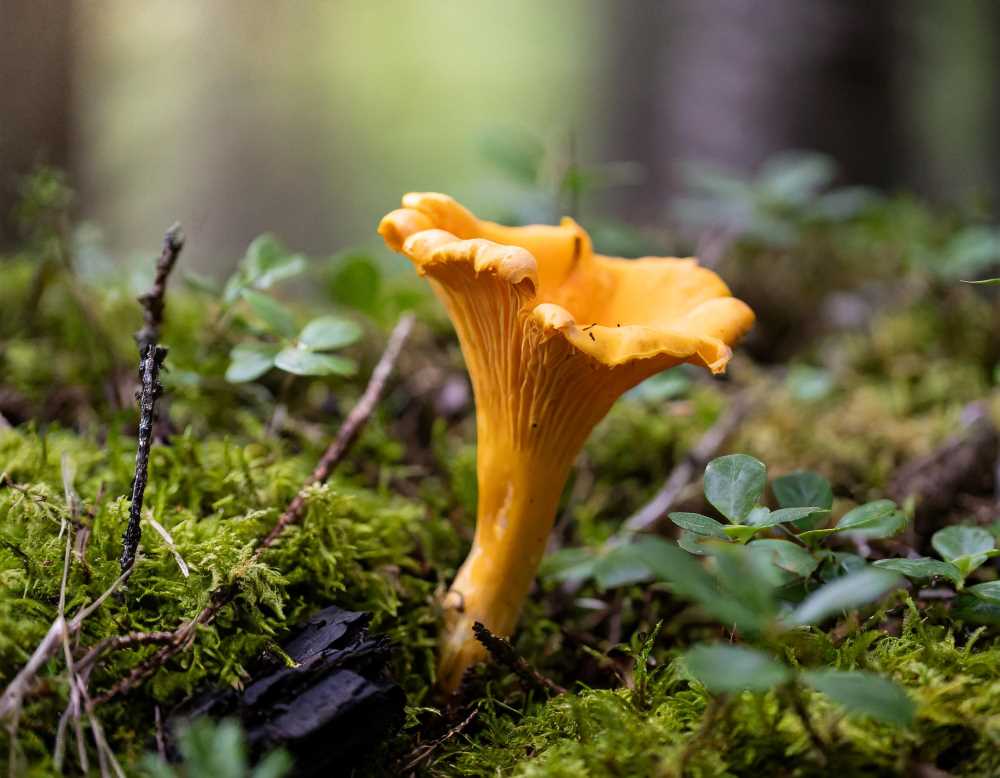How Fungi Weave “Internet of Plants” and Shape Our Future
From humble decomposers to mind-bending manipulators, fungi weave a hidden web of life, shaping ecosystems, influencing history, and holding the key to a sustainable future. Dive into their world of bioluminescent caves, mind-altering whispers, and hidden medicinal secrets.

For decades, fungi lurked in the shadows of the plant kingdom, their fascinating lives a mystery to most. But the age of the internet has brought these curious creatures into the spotlight, thanks to a dedicated tribe of mycologists – the mushroom scientists – who are tirelessly unraveling their secrets. While once mistaken for plant brethren, we now know fungi hold their own kingdom, as diverse and intriguing as any.
Unlike the sun-kissed plants, fungi forge their own paths to energy. They're master scavengers, decomposers, and even predators, thriving in almost every corner of the Earth. From the dankest depths of the forest floor to the scorching deserts, they've evolved an arsenal of ingenious feeding strategies, each shaping their unique identity and ecological role.




